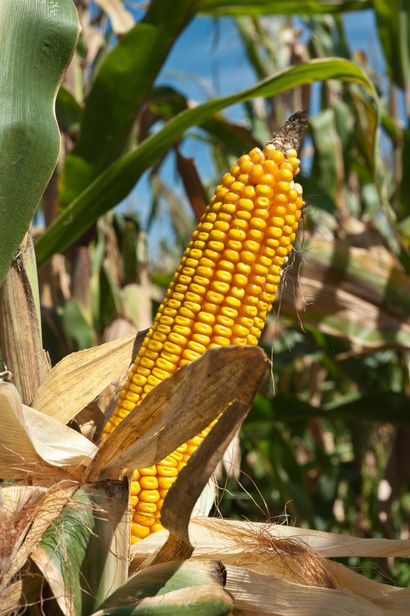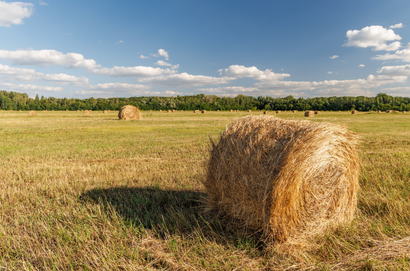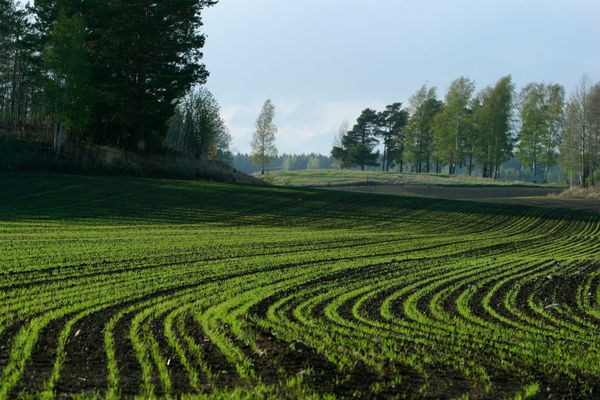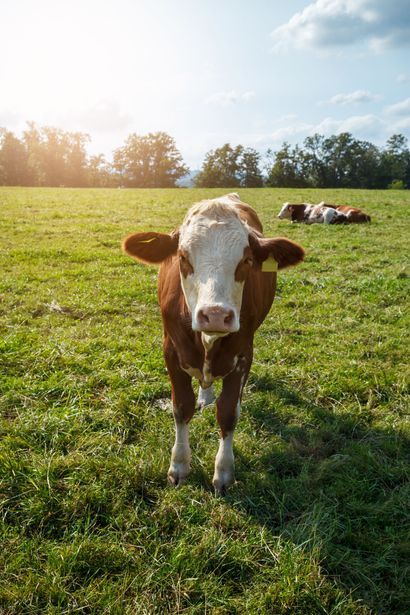alphin crop insurance
Ensuring Crop Security Since The 1950s
We work directly with North Carolina farmers to help them protect their crops, livestock & income through federally-backed insurance options.

Serving Farmers Across NC
Crop & livestock protection
Every farm is different. That’s why we offer a range of insurance options to support your crops, your pasture, and your income — whatever the season brings.

Multi-Peril Crop Insurance (MPCI)
Provides protection for common row crops like corn, soybeans & tobacco when disaster strikes.

Whole-Farm Revenue Protection (WFRP)
Covers a mix of crops and livestock under one policy based on your farm’s total expected income.
Livestock Risk Protection (LRP)
Offers a way to protect the value of market livestock like cattle and hogs from sudden price drops.

Pasture, Rangeland & Forage (PRF)
Helps livestock producers manage weather-related forage losses from drought conditions.
Four Generations on Your Side
Local roots, long-standing values
We’re a family-run crop insurance agency that’s been working with farmers since the 1950s. Our approach has always been to build real relationships — not to just write policies. That’s why we’re still on the road visiting fields, sitting down at kitchen tables, and talking through coverage in ways that make sense to our clients.
-
Family-run since the 1950s
-
One-on-one service from local agents
-
Free map book service for all clients


Crop Insurance FAQs
Straight answers for farmers
How does crop insurance work?
Crop insurance helps cover financial losses when things like drought, flood, or low prices affect your yield or revenue. You pay a premium based on the coverage you choose, and if your actual production or income falls short, the policy may pay a portion of the loss. These programs are backed by the USDA’s Risk Management Agency, and agents like us help farmers enroll and manage their coverage. The key is choosing a plan that fits how your farm operates.
Is crop insurance the same price everywhere?
Yes. Prices and coverage options are federally set, which means they’re the same no matter which agent you choose. The difference is in the service — how well your agent explains your policy, helps you with paperwork, and supports you when a claim is needed. That’s where we put our energy.
What types of farms do you work with?
We work with all kinds of operations — from large row crop farms to small, diversified produce farms, and even livestock and forage operations. Whether you grow corn, berries, tobacco, or raise cattle, we can walk through what options may apply. Many of our clients have multiple crops or a mix of livestock and land. We’re here to help find a coverage setup that reflects what your farm actually looks like.
Can I get insurance if I grow specialty crops like blueberries or strawberries?
Yes, many specialty crops in North Carolina can be insured under their own policies or as part of a whole-farm plan. For example, blueberry insurance is available in several counties, and we’ve helped many growers get set up before the spring season. If a specific crop isn’t covered under standard programs, there may still be options like whole-farm revenue protection or USDA fallback programs. We’re happy to talk through what’s available for your crops.
When should I sign up for crop insurance?
Most policies have specific deadlines set by the USDA, depending on the crop and season. For example, spring crops like corn and soybeans often have a sign-up deadline in late February, while wheat usually has a fall deadline. It’s important to plan ahead, because once those dates pass, coverage isn’t available for that season. We can help you track those deadlines and prepare what you’ll need to enroll.


